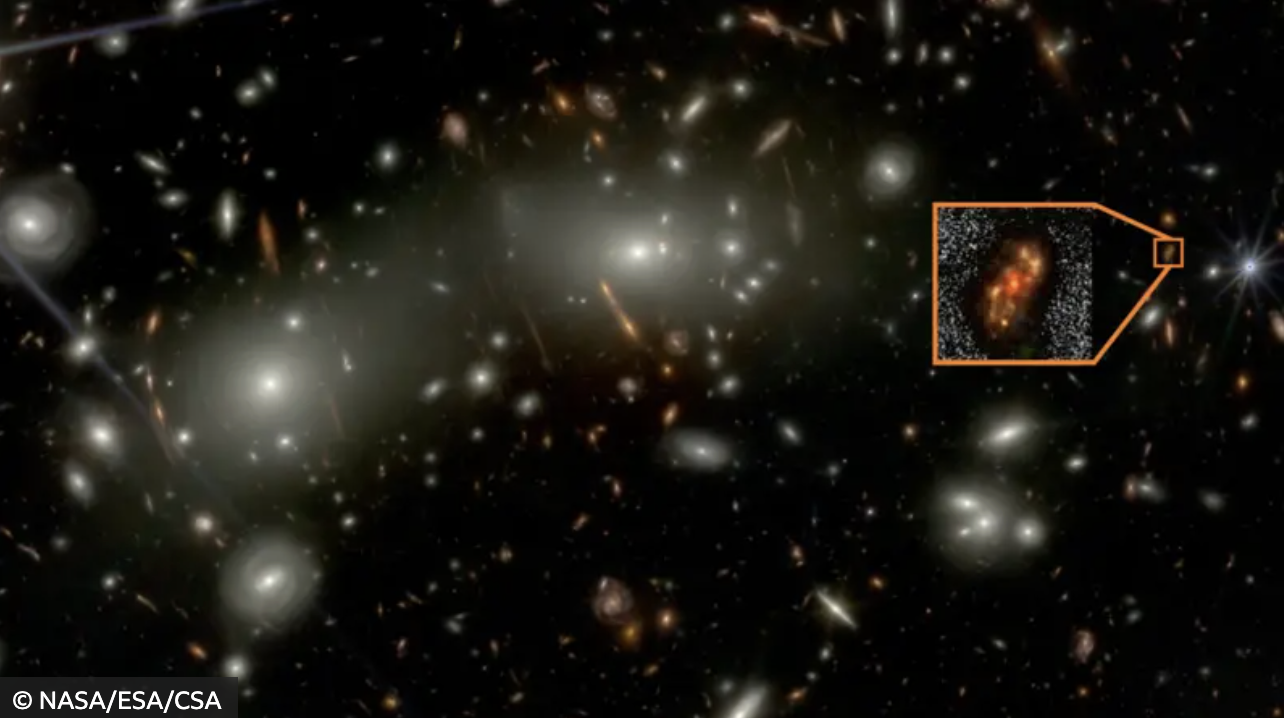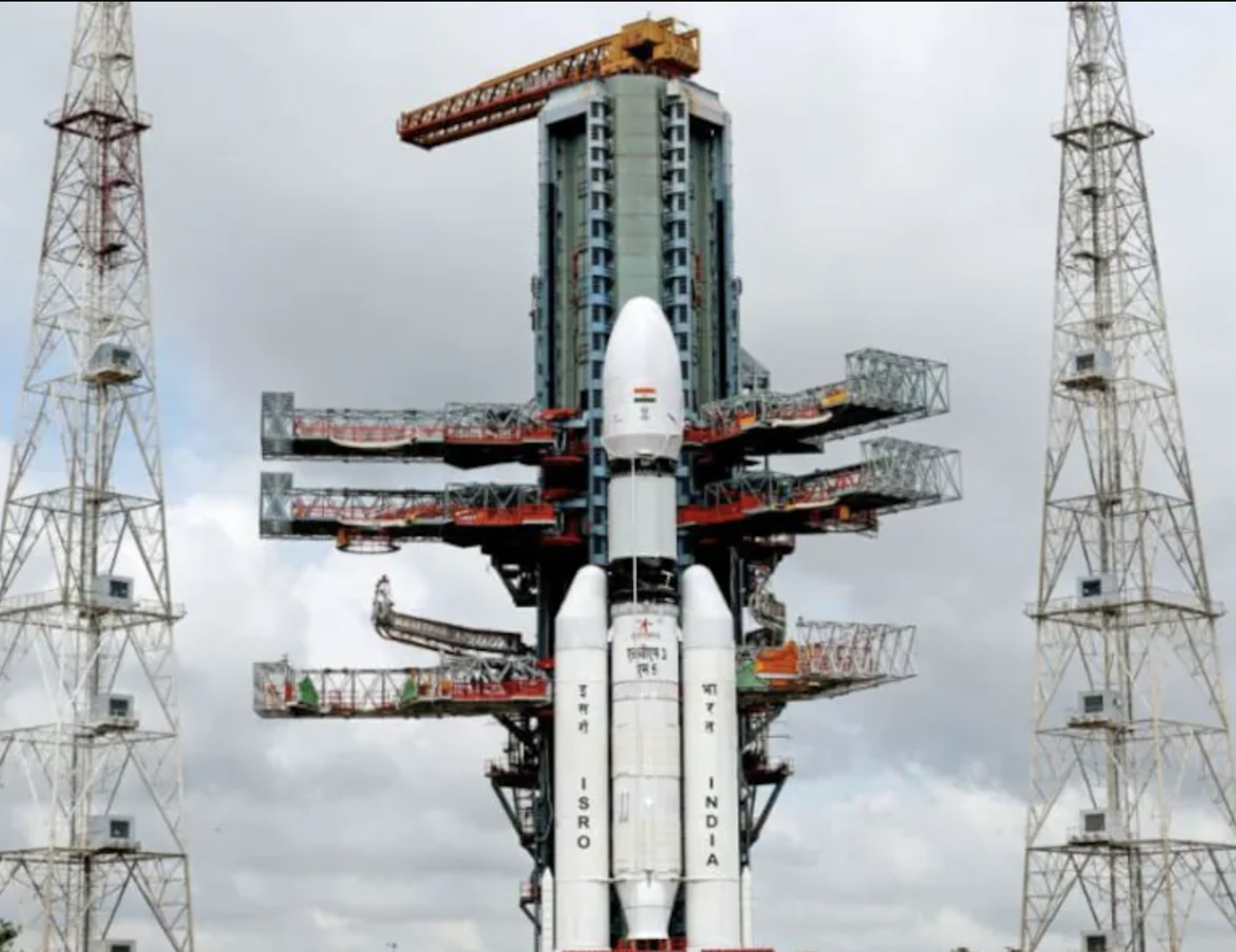As per the Indian Space Research Organisation (ISRO), a large asteroid called Apophis, which it has been monitoring, is expected to come very close to the Earth.

ISRO Rolls Up Sleeves as Defense to Apophis Asteroid Approaching Earth in 2029
Apophis asteroid is named after the Egyptian God of Chaos, which is hurtling towards the earth and will have its closest encounter with Earth on April 13, 2029. The asteroid has been perceived as a threat due to its massive size.
A new domain whose primary goal is to protect the planet from extra-terrestrial objects has been added to the portfolio of the Indian space agency.
Speaking on how it’s important to think this through from global standpoint, ISRO Chief Dr. Somanath said in an interview that “A large asteroid strike is a real existential threat for humanity. ISRO is very aware of this risk, and we are monitoring Apophis very closely. We have only one Earth, and India is committed to cooperating with other nations to ward off any such future threats.”
ISRO Prepares for Apophis Flyby
Measuring 340 and 450 meters in diameter, makes it larger than India’s largest aircraft carrier, INS Vikramaditya, and the Narendra Modi Stadium in Ahmedabad, this asteroid which was firstly discovered in 2004, is expected to pass 32000 kms from the Earth in its 2029 flyby.
Speaking on the size and impact of the same, ISRO’s Dr. Somanath said that “Asteroids larger than 300 meters have the potential to cause continental-scale devastation”.
Not just this, but the agency is also preparing for the potential threat and impacts. ISRO’s Network for Space Objects Tracking and Analysis (NETRA)’s Dr. A K Anil Kumar while citing the Lonar Crater in Maharashtra which was created by a meteor strike over 5 lakh years ago, said that such collisions could cause global disruption.
ISRO’s chief confirmed that the agency shall study the asteroid Apophis during its 2029 close approach in order to better understand its composition and trajectory in the light of future risk mitigation.
This threat posed by Apophis has prompted NASA and other space agencies to collaborate on several missions to address this issue and develop asteroid deflection technologies.














